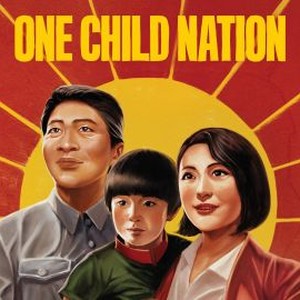<< Hide Menu
5.8 Causes and Effects of Demographic Change
4 min read•june 18, 2024
Isabela Padilha
Isabela Padilha
In the previous topic guides we mentioned that the government needs to adapt to economic and social changes that challenge its stability. In this topic guide we will discuss the causes and effects of demographic changes and we will analyze how they can pose threats to the stability of a government.
** Demographic changes refers to shifts in the characteristics of a population over time. These changes usually have effects on the cultural, political, and social norms of a country. **
Some examples of demographic changes include:
- Growing populations 👶
- Changing land use and values 🗻
- Population movements 🏃♂️- Economic opportunities can lead populations to migrate from rural to urban areas, this process is also known as urban exodus.
- Changes in the racial and ethnic makeup of the population
Governments and Shifting Demographics
Even though some demographic changes can occur naturally, it is possible that some government policies contribute to these changes, or make it worse. For example, governments can implement laws that deepen the social and ethnic differences of a nation. Here are some examples of this process in our course countries:
China
The government of China has supported rapid industrialization over the past few years. They wanted to shift the focus from an agriculture-based economy (primary activity) to an industry-based economy (secondary activity). The creation of the Special Economic Zones led people to move from the East regions of China to the west, to the more urbanized areas, increasing population density in the SEZs.
Nigeria and Iran
Both of these countries suffer from the process named Brain Drain. It consists of the process in which experts and scholars leave these countries due to governmental policies that are perceived as restricting. This process, consequently, discourages the formation of academic thoughts in these countries.
Mexico
Economic development in Mexico has led to migration flows from the south to the north, from rural to more urban areas. The economic development factors that contributed to this demographic change include the North American Trade Agreement (NAFTA), the implementation of maquiladora zones and foreign direct investment patterns.
💡Remember: maquiladoras are the companies that are foreign-owned that operate across the US-Mexico border.
UK
An inflow of immigrants to the United Kingdom, coming from countries of the EU and other countries plagued by political unrest, has caused tensions in the country. The UK's decision to leave the EU (BREXIT) has relation to these tensions, as the country wanted to be able to control these migration flows better not being a member state of the EU.
Another important aspect of UK's demographic is its rapidly aging population. 👵 As the country's population becomes older, the need for a cheaper and more structured health system have increased. The UK has posed a tax burden on the population to be able to fund this emerging demand.
What are some impacts of shifting migration patterns?
There are several benefits that come from these migration flows, including economic growth and more integration of the regional cultures of a nation. But, shifting migration patterns can bring a lot of challenges to a nation, including:
- Increase in crime due to the increased population density of certain areas
- "Brain Drain" in a country, or rather, when the population of experts and scholars are concentrated in only one region and absent in others
- Risky use of already existing infrastructure and a higher demand of new infrastructure
- Growth of political parties that advocate against immigration, due to these perceived negative effects
- Infringement of sovereignty as supranational organizations being to play a bigger role in these issues
How is citizen behavior influenced by this?
In policies developed by governments in response to changing demographics, sometimes there is a motivation to change population behavior. One important example was the previous one-child policy 👶 in China, in which the government limited from 1979 to 2015 couples to have only one child, due to a dangerous increase the Chinese population. Other common policies include the promoting or discouraging of practicing certain minority religions. For instance, in Iran certain religious minorities face persecution and have had their worship houses demolished. ⛪️

In this topic we learned that demographic changes can also impact the resources of a government, which in turn has to re-allocate it to adapt. In the next guide we will learn more about how natural resources can affect the political and economic development of a country. ➡️

© 2024 Fiveable Inc. All rights reserved.